Africa
Economic activity in Sub-Saharan Africa decelerated from 4.6 percent in 2014 to 3.4 percent in 2015, the weakest performance since 2009.
According to a report released by the World Bank, a combination of external shocks and domestic constraints was to blame for the decline.
External factors included lower commodity prices, a slowdown in major trading partners, and tightening borrowing conditions while on the domestic scene, political instability and conflict, and electricity shortages were responsible for the drop.
The slowdown was most pronounced among oil exporters.
In Nigeria, Africa’s largest economy and oil exporter, growth slowed to 3.3 percent, down from 6.3 percent in 2014.
Growth, however, moderated in several mineral and metal exporters including Mauritania, South Africa, and Zambia
In South Africa, the economy expanded by 1.3 percent, compared with 1.5 percent in 2014.
With the Ebola crisis receding, activity rebounded somewhat in Liberia, but remained weak in the other affected countries (Guinea, Sierra Leone) with GDP falling sharply in Sierra Leone as mining production contracted.
Activity weakened substantially in Burundi and South Sudan amid political instability and civil strife.
Nonetheless, in other countries, including low-income ones and some fragile states such as Côte d’Ivoire, Rwanda,
and Tanzania, growth remained robust, reflecting lower exposure to the commodity slowdown, and tailwinds from large-scale infrastructure investment.
The World Bank expects GDP growth in Sub-Saharan Africa in 2016 to pick up to 4.2 percent, as commodity prices stabilize and supply constraints ease.
It however warns of domestic risks rising from political uncertainty associated with upcoming elections, increased threats of terrorism, slowdown in China and a decline in capital flows as the United States normalizes monetary policy.



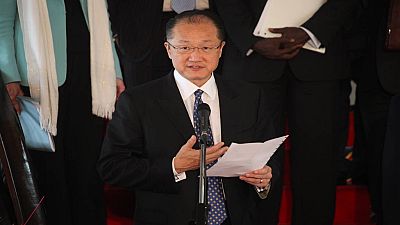


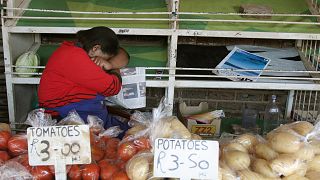

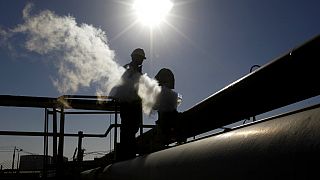
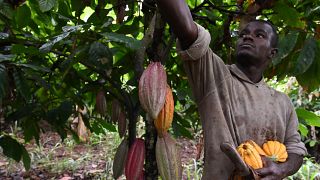
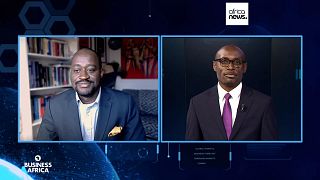

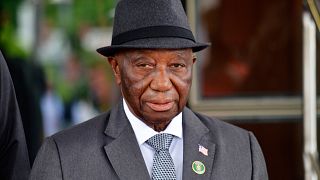
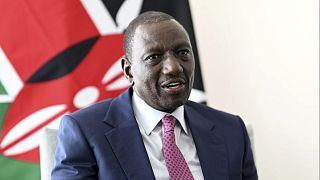
Go to video
Gaza’s scarcity of cash fuels desperation, sparks unusual trade
01:08
Dancehall superstar Shatta Wale urges young people to back President Mahama
01:54
"Great economic potential in Africa": five African leaders have lunch with Trump
Go to video
Cameroon imposes significant penalties on Telecom giants Orange and MTN
Go to video
Paraguayan town celebrates vibrant Kamba Ra'anga festival with masks, fire and tradition
01:54
South Africa's independent mechanics join forces to compete with big companies